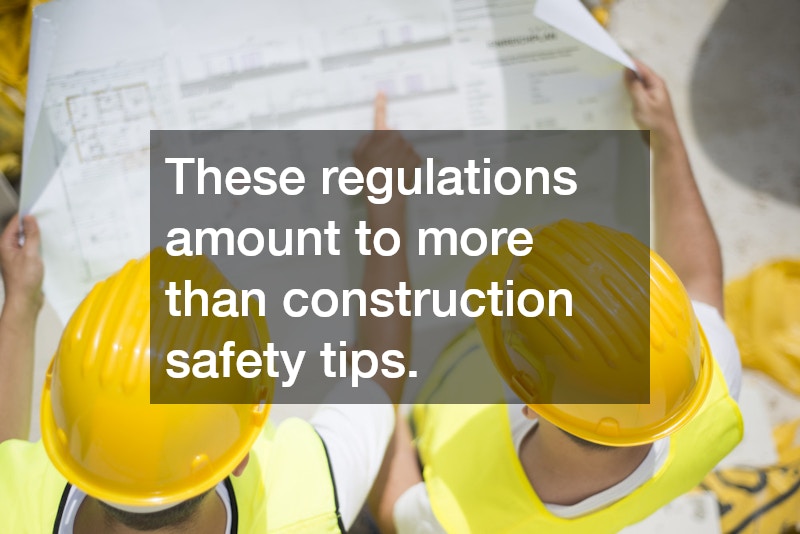
Whether you need a construction crew to make roofing repairs on your commercial complex or need to build a new warehouse, your project must follow construction guidelines for safety. Let’s consider what that means.
When referring to safe construction, the term encompasses security on construction sites, following government regulations regarding personal protective equipment (PPE), signage, methods, etc. Besides hiring security guards, your project manager will need to coordinate with subcontractors as well as construction company employees to ensure that everyone has completed the safety training required by the U.S. government.
These regulations amount to more than construction safety tips. They consist of well-researched, scientifically proven methods of reducing worker injury while constructing the strongest building possible. This goes beyond Occupational Safety and Health Administration (OSHA) regulations to include building codes at the local, state, and national levels and American Society of Civil Engineers (ASCE) standards.
Construction safety includes building methods, on-the-job safety and security, and protection from harassment in all forms at work. This article begins by delving into how OSHA fits into safe construction methods.

On any construction project, there are a number of regulations that have to be followed. Many of the regulations put in place are there to protect workers as well as the public at large if the project involves hazardous material handling. It’s important that such rules be followed to make the site as safe as possible and also to protect the contractor from facing any fines or other penalties for noncompliance. Here are some of the most common rules that contractors must follow.
The Occupational Safety and Health Administration, commonly referred to as OSHA, is the main agency that regulates safety for the construction agency, and there are a number of regulations contractors and subcontractors have to follow on job sites. Two main areas of emphasis for OSHA are fall protection and material handling.
Falls are one of the top causes of injuries on construction sites, so it is a major area of emphasis for OSHA, so much so that there is OSHA fall protection training for workers. The training mostly focuses on how to prevent falls and what safety measures to take on construction sites. The training is especially important on sites that are more than one floor because falls from heights can cause more serious injuries than ground-level falls. A person can fall seven feet in less than one second. In fall protection courses, workers and their supervisors learn things such as the proper ways to use rigging equipment and other fall prevention equipment such as wire rope slings.
Another area of emphasis with OSHA is protecting workers from hazardous materials that may be at construction sites. Some forms of hazardous materials are very apparent and well-known, such as certain solvents and fuels. But one of OSHA’s current areas of emphasis is protecting workers from the harmful effects of silica. OSHA has been working on rules to prevent workers from breathing in silica dust, which can be present in sand and stone and can be released by cutting and crushing. Protection for workers involves wearing the proper respirators to prevent inhaling it.
Other material handling issues on job sites can involves how to properly dispose of potentially hazardous materials and chemicals. That is something that is often regulated not only by OSHA but by the Environmental Protection Agency as well. Air, ground and water pollution are big problems, and not following the regulations closely can result in major penalties.

